Introducing Rakewell, Apollo’s wandering eye on the art world. Look out for regular posts taking a rakish perspective on art and museum stories.
Last year, Tiffany & Co. launched a bold new campaign, ‘Not Your Mother’s Tiffany’, signalling its desire to attract younger clients and be talked about in the process. Now under new LVMH ownershop, the jeweller has just launched its ‘About Love’ campaign, which seems to be taking another step in the same direction. Earlier this week Tiffany released a photo of Beyoncé and Jay-Z standing in front of Equals Pi (1982), a Basquiat painting specially acquired by the brand for its deployment of a distinctive turquoise-blue which, your roving correspondent grudgingly admits, does indeed remind them of Tiffany gift boxes. While some observers have concentrated on the provenance of the Basquiat (descriptions such as ‘long-lost’ or ‘unseen’ are something of an exaggeration), others have focused on the origins of the enormous Tiffany diamond Beyoncé is wearing, which may be a little murkier than the superstar would like.
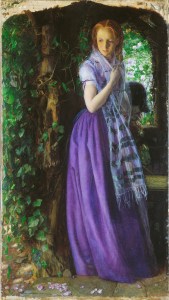
April Love (c. 1885), Arthur Hughes. Tate Britain
Rakewell, however, has been thinking about other paintings that could be co-opted by corporate ad men. There’s many an orange-hued Rothko that might appeal to a creative on the Easyjet account: Green and Tangerine on Red (1956), Orange and Yellow (1956), Orange, Red, Yellow (1961)…you get the picture. And why has Cadbury’s not swooped on April Love (1885), in which Arthur Hughes’ heroine is surely pining for a Dairy Milk to match her dazzling purple skirt.
Still, one can’t help wondering what Jean-Michel Basquiat would have made of his painting being used as a backdrop for bigger celebrities. It was, of course, Pears’ soap that created the most famous advertisement ever to feature a work of art. There may have been contemporaries who decried John Everett Millais allowing Bubbles, his portrait of a boy wistfully watching a soap bubble, to be used in this way, but it was the artist’s choice to sell his copyright – and at least the painting is the star.
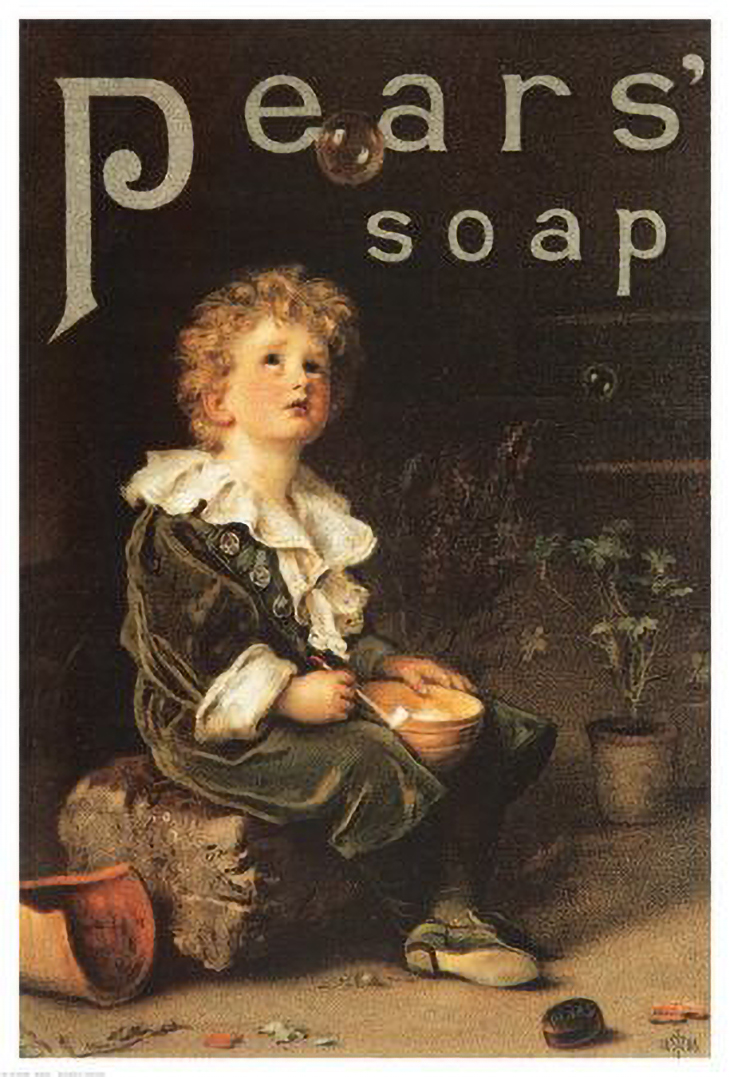
Pears’ soap ad featuring Bubbles (1886) by John Everett Millais.
Got a story for Rakewell? Get in touch at rakewell@apollomag.com or via @Rakewelltweets.
Unlimited access from just $16 every 3 months
Subscribe to get unlimited and exclusive access to the top art stories, interviews and exhibition reviews.

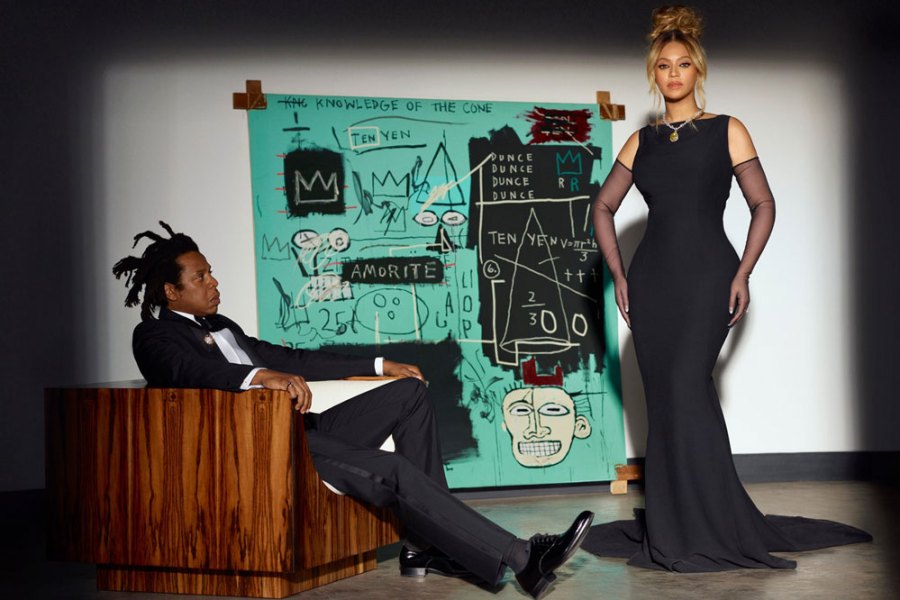

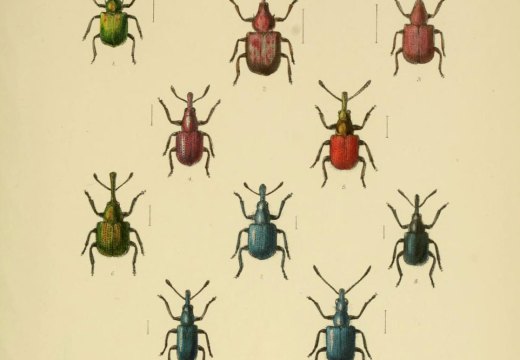
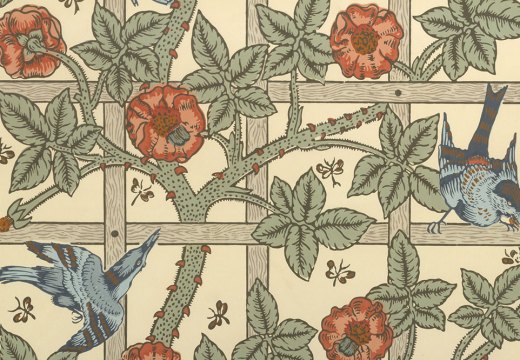









![Masterpiece [Re]discovery 2022. Photo: Ben Fisher Photography, courtesy of Masterpiece London](http://www.apollo-magazine.com/wp-content/uploads/2022/07/MPL2022_4263.jpg)
Why are fathers so absent from art history?